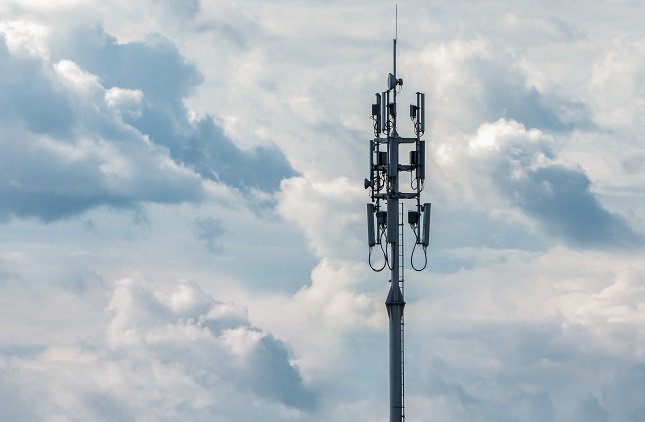
 Data Structure
Data Structure Networking
Networking RDBMS
RDBMS Operating System
Operating System Java
Java MS Excel
MS Excel iOS
iOS HTML
HTML CSS
CSS Android
Android Python
Python C Programming
C Programming C++
C++ C#
C# MongoDB
MongoDB MySQL
MySQL Javascript
Javascript PHP
PHP
- Selected Reading
- UPSC IAS Exams Notes
- Developer's Best Practices
- Questions and Answers
- Effective Resume Writing
- HR Interview Questions
- Computer Glossary
- Who is Who
What is the full form of EIR?
Introduction
Excess Information Rate (EIR) is used in networking and telecommunications to refer to the amount of data that can be transmitted through a communication channel in excess of the Committed Data Rate (CIR), which is the rate at which information exchange is guaranteed to occur.

Applications like video conferencing or file transfers that call for rapid bursts of data transmission are frequently employed with EIR. It allows short-lived bursts of data that exceed the CIR up to a specific constraint without raising costs or lowering benefit quality. EIR has a considerable impact on the capacity and quality of a communication network.
Calculation of Excess Information Rate
In a Poisson, traffic model, the EIR is equal to the difference between the advertised traffic rate and the peak cell rate. Scientifically, EIR = ? - PCR, where ? is the traffic rate and PCR is the peak cell rate. In a deterministic traffic model, the EIR is the distinction between the traffic rate and the ensured rate.
Scientifically, EIR = ? - GR, where ? is the traffic rate and GR is the ensured rate. The EIR can be utilized to determine the amount of traffic that can be sent over a network connection above the guaranteed rate or the peak cell rate.
Relationship between Excess Information Rate and Channel Capacity
The excess information rate (EIR) is a vital parameter utilized in information theory to decide the greatest information rate that can be transmitted over a communication channel. The EIR is related to the channel capacity, which is the maximum rate at which data can be transmitted over the channel without mistakes.
In specific, the EIR represents the portion of the accessible bandwidth that can be utilized to transmit data, after accounting for overhead and other components that reduce the effective information rate. The channel capacity, on the other hand, is decided by the channel's signal-to-noise ratio (SNR), which measures the quality of the flag relative to the noise and interference in the channel.
In general, the channel capacity is corresponding to the EIR, with a higher EIR indicating a better capacity. In any case, the relationship between EIR and channel capacity too depends on other variables, such as the modulation scheme, coding technique, and other design parameters of the communication system.
Therefore, the EIR is an important consideration in the design and optimization of communication frameworks, especially for applications that require high information rates and reliable transmission over noisy channels.
Applications of Excess Information Rate
Excess Information Rate has applications in different fields such as communication networks, digital signal processing, and data hypothesis.

In communication networks, it makes a difference in deciding the amount of information that can be transmitted through a channel. In digital signal processing, it is utilized to analyze the characteristics of a signal, and in data hypothesis, it is utilized to decide the maximum amount of information that can be transmitted over a channel.
Conclusion
In conclusion, the term "excess information rate" refers to the amount of data transmitted above and above the average data rate. It is essential in determining the highest information rate that can be achieved over a particular communication medium. Its computation includes taking into account the likelihood that the input data will be sent, and it is highly correlated with channel capacity. Information compression, network coding, and digital communication frameworks are just a few of the fields where EIR is used.
FAQs
Q1. What connection does EIR have to traffic slicing?
Ans: In order to control the flow of traffic in a communication network, EIR is frequently employed in traffic shaping. Traffic shaping can ensure that the network's capacity is not exceeded and the QoS is maintained by managing the EIR.
Q2. What role does EIR play in relation to internet service providers (ISPs)?
Ans: ISPs utilise EIR to make sure that their clients receive the level of service for which they have paid. ISPs can control the flow of traffic via their networks and prevent congestion, packet loss, and other QoS problems by establishing the proper EIRs.
Q3. Can EIR exceed a communication network's channel capacity?
Ans: No, EIR cannot be greater than a communication network's channel capacity. The EIR, which stands for the greatest rate of information flow that may be transmitted across the channel beyond the CIR, is always defined with reference to the channel capacity.

